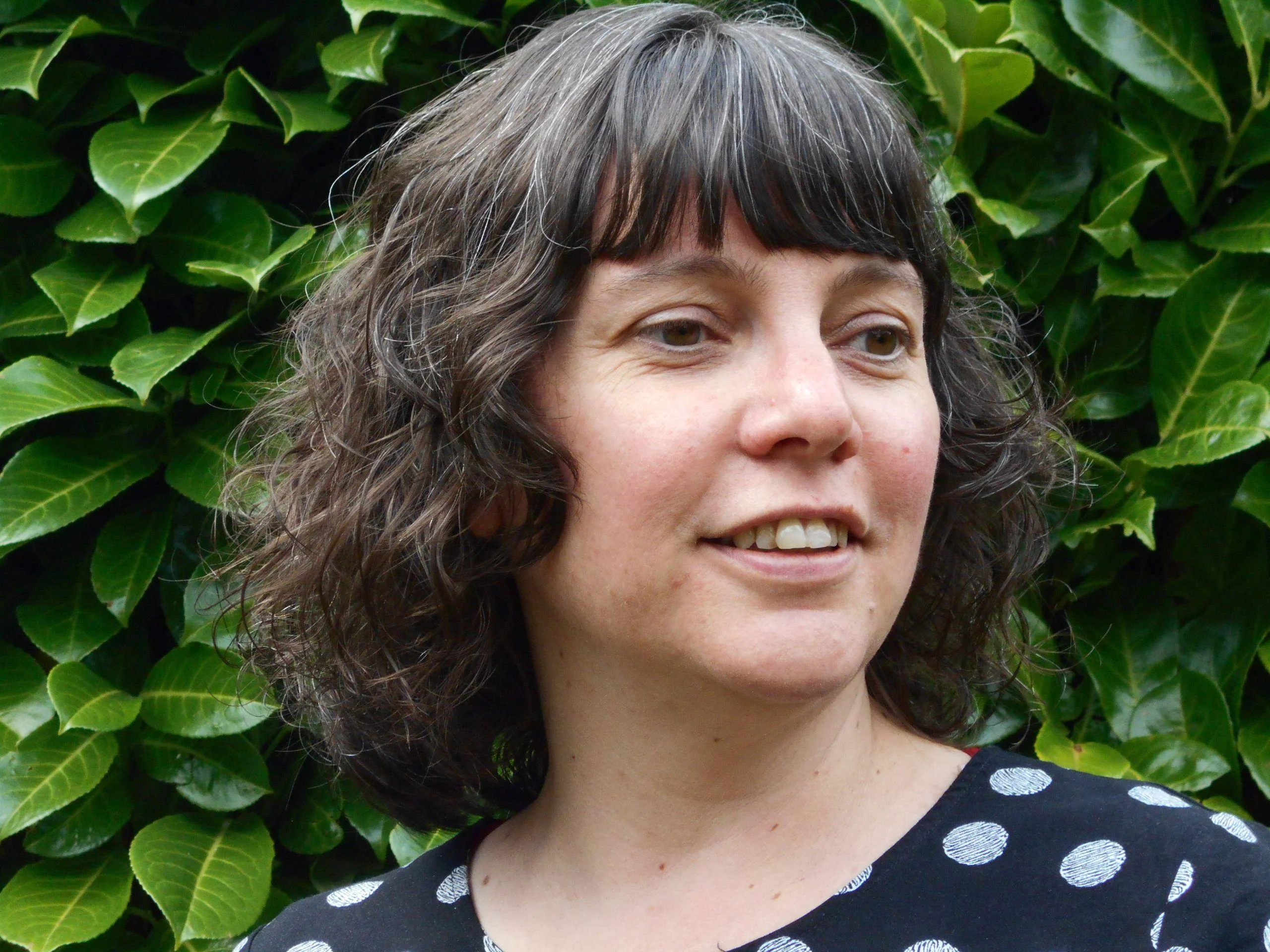Learning objective
- To begin to understand the influence others have on us and how we can make our own decisions.
Success criteria
- I can explain some
This content is for subscribers only. Join for access today.
National curriculum
Pupils should know:
This content is for subscribers only. Join for access today.
Cross-curricular links
- PSHE Association’s Programme of Study
This content is for subscribers only. Join for access today.
Before the lesson
This content is for subscribers only. Join for access today.
Lesson plan
Attention grabber
1. Invite the children to think for a couple of minutes about the choices they make either on a daily or perhaps a weekly basis. Ask for feedback. 2. Remind the children that they did a similar activity in Year 3 and invite the children to consider whether the choices they make now are different to…
This content is for subscribers only. Join for access today.
Extended-mode explainer videos
How to extend your display to view the lesson page and preseantion mode simultaneously. Choose your operating system below to watch the video
If you need further support with extending your display,
please contact [email protected].
Extended-mode explainer video: For Mac
Extended-mode explainer video: For Windows
Adaptive teaching
Pupils needing extra support: Would benefit from working with an adult in the Activity: Making decisions. Could focus on the first scenario only as this is likely to be more in their own experience. They might also find it useful to role-play in a pair some of their ideas, with one person being for and the other against. Work with these children to practise resisting peer pressure in the wrapping up section of the lesson or ensure they are working with a partner they feel comfortable with.
Pupils working at greater depth: Can be challenged to suggest what the character could say to make their decision clear in the Activity: Making decisions. They could also suggest who might be able to help in each situation. Children could also write their own scenario which they could swap with other groups working at greater depth.
This content is for subscribers only. Join for access today.
Assessing progress and understanding
Pupils with secure understanding indicated by: Understanding that other people
This content is for subscribers only. Join for access today.
Vocabulary definitions
-
against
-
choice
This content is for subscribers only. Join for access today.
Example work
This content is for subscribers only. Join for access today.
In this unit
Lesson 9: Staying safe with medicine
Are you ready to start the lesson?
Are you ready to start the lesson?
Y1/2 Lesson 7 (Cycle B) : Looking after our teeth
Y1/2 Lesson 1 (Cycle A): Understanding my feelings
Lesson 1: Rules beyond school
Lesson 1: Rules
Lesson 1: Introduction to the internet
Lesson 1: First Aid: Emergencies and calling for help
Lesson 1: Internet safety: Age restrictions
Lesson 1: Online friendships
Lesson 2: Staying safe online
Y5/6 Lesson 1: (Cycle B) Relaxation: mindfulness
Y5/6 Lesson 1 (Cycle A): Relaxation: yoga
Year 1/2 Lesson 1 (Cycle B): Understanding my feelings
Lesson 2: Our school environment
Lesson 2: Caring for others: Animals
Lesson 2: Communicating online
Lesson 2: First Aid: bites and stings
Lesson 2: Share aware
Y5/6 Lesson 2 (Cycle B): What can I be?
Y5/6 Lesson 2 (Cycle A): The importance of rest
Y1/2 Lesson 2 (Cycle B): Steps to success
Y1/2 Lesson 2 (Cycle A): Relaxation
Lesson 2: Relaxation: stretches
Lesson 3: Our local environment
Lesson 3: The needs of others
Lesson 3: Secrets and surprises
Lesson 3: Be kind online
Lesson 3: First Aid: asthma
Lesson 3: Puberty
Y5/6 Lesson 3 (Cycle B): Taking responsibility for my health
Y5/6 Lesson 3 (Cycle A): Embracing failure
Y1/2 Lesson 3 (Cycle B): Developing a growth mindset
Y1/2 Lesson 4 (Cycle A): Ready for bed
Y1/2 Lesson 3 (Cycle A): What am I like?
Lesson 4: Job roles in our local community
Lesson 4: Similar, yet different
Lesson 4: Appropriate contact: My private parts
Lesson 4: Cyberbullying
Lesson 4: Privacy and secrecy
Lesson 4: Menstruation
Y5/6 Lesson 4 (Cycle B): The impact of technology on health
Y5/6 Lesson 4 (Cycle A): Going for goals
Y1/2 Lesson 4 (Cycle B): Being active
Lesson 5: Similar yet different - my local community
Lesson 5: Belonging
Lesson 5: Appropriate contact: My private parts are private
Lesson 5: Fake emails
Lesson 5: Consuming information online
Lesson 5: Emotional changes in puberty
Y5/6 Lesson 5 (Cycle B): Resilience toolbox
Y5/6 Lesson 5 (Cycle A): Taking responsibility for my feelings
Y1/2 Lesson 5 (Cycle B): Relaxation: breathing exercises
Y1/2 Lesson 5 (Cycle A): Hand washing and personal hygiene
Lesson 6: School council
Lesson 6: Democratic decisions
Lesson 6: Respecting personal boundaries
Lesson 6: Making choices
Lesson 6: Growing up
Lesson 6: First Aid: Bleeding and head injuries
Y5/6 Lesson 6 (Cycle B): Immunisation
Y5/6 Lesson 6 (Cycle A): Healthy meals
Y1/2 Lesson 6 (Cycle B): Healthy diet
Y1/2 Lesson 6 (Cycle A): Sun safety
Lesson 7: Giving my opinion
Lesson 7: Road safety
Lesson 7: Influences
Lesson 7: Introducing puberty
Lesson 7: Alcohol, drugs and tobacco: Making decisions
Y5/6 Lesson 7 (Cycle B): Physical health concerns
Y5/6 Lesson 7 (Cycle A): Sun safety
Y1/2 Lesson 7 (Cycle A): Allergies
Lesson 8: Crossing roads safely
Lesson 8: Keeping safe out and about
Lesson 8: Tobacco
Y5/6 Lesson 8 (Cycle B): Good and bad habits
Y1/2 Lesson 8 (Cycle A): People who help us stay healthy
